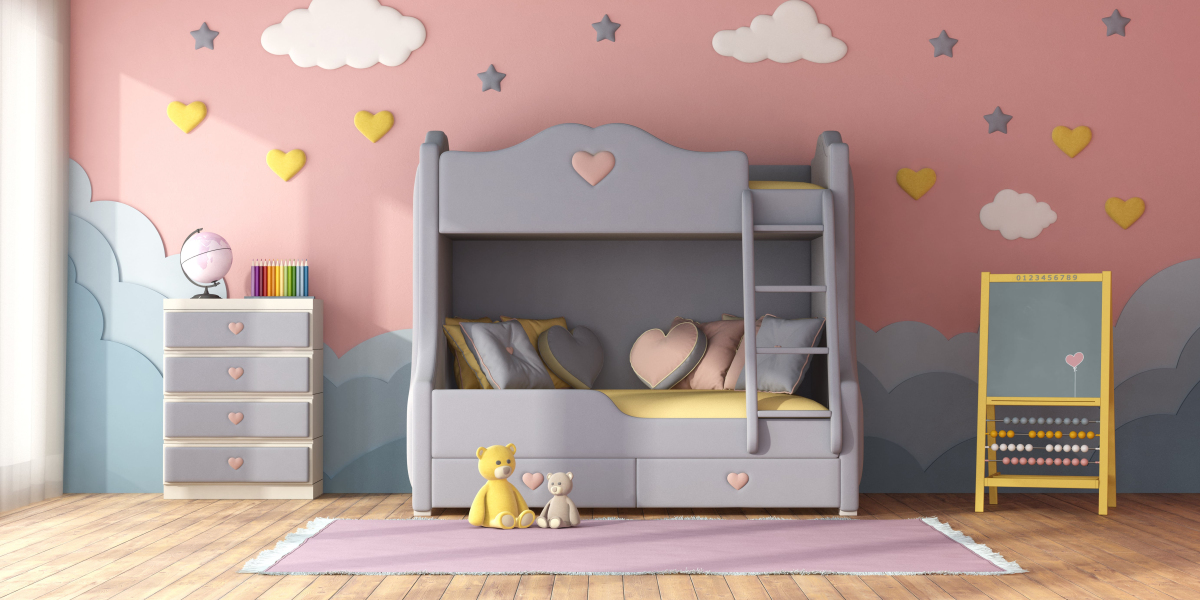3D printing has revolutionized the way we create objects, but it also comes with its own set of risks. Understanding these 3D printer hazards is essential for anyone looking to embark on a 3D printing journey. In this article, we will explore the top five hazards associated with 3D printing and provide insights on how to mitigate them.

1. Fumes and Particulate Emissions
One of the most significant 3D printer hazards is the emission of fumes and particulates during the printing process. Many common filaments, such as ABS and PLA, can release volatile organic compounds (VOCs) and ultrafine particles (UFPs) when heated. These emissions can pose health risks, particularly in poorly ventilated areas.
- Ensure proper ventilation in your workspace.
- Consider using an air purifier designed to filter out VOCs and UFPs.
2. Burns and Heat Injuries
3D printers operate at high temperatures, which can lead to serious burns if proper precautions are not taken. The heated nozzle and the print bed can reach temperatures exceeding 200°C (392°F). Therefore, it is crucial to handle these components with care.
Have you considered using heat-resistant gloves when operating your printer? This simple step can significantly reduce the risk of burns.
3. Mechanical Hazards
Mechanical hazards are another critical concern when working with 3D printers. Moving parts, such as the print head and build plate, can cause injuries if they come into contact with skin. Additionally, the risk of entanglement with wires and other components should not be overlooked.
- Keep the printer area clear of clutter.
- Always supervise the printing process, especially when using a new printer.
4. Electrical Hazards
Electrical hazards are prevalent in many electronic devices, including 3D printers. Faulty wiring or improper use of power supplies can lead to electrical shocks or even fires. It is essential to ensure that your printer is properly grounded and that all electrical connections are secure.
If you notice any frayed wires or unusual smells, it is advisable to disconnect the printer immediately and seek professional assistance.
5. Material Safety
Finally, the materials used in 3D printing can also pose hazards. Some filaments contain harmful substances that can be dangerous if inhaled or ingested. Always refer to the material safety data sheets (MSDS) for the filaments you are using to understand their properties and risks.
For more detailed safety guidelines, you can visit this resource.
Conclusion
In conclusion, while 3D printing offers incredible opportunities for creativity and innovation, it is vital to be aware of the associated 3D printer hazards. By understanding these risks and implementing safety measures, you can enjoy a safer and more productive 3D printing experience. Always prioritize safety to ensure that your 3D printing journey is both enjoyable and risk-free.






